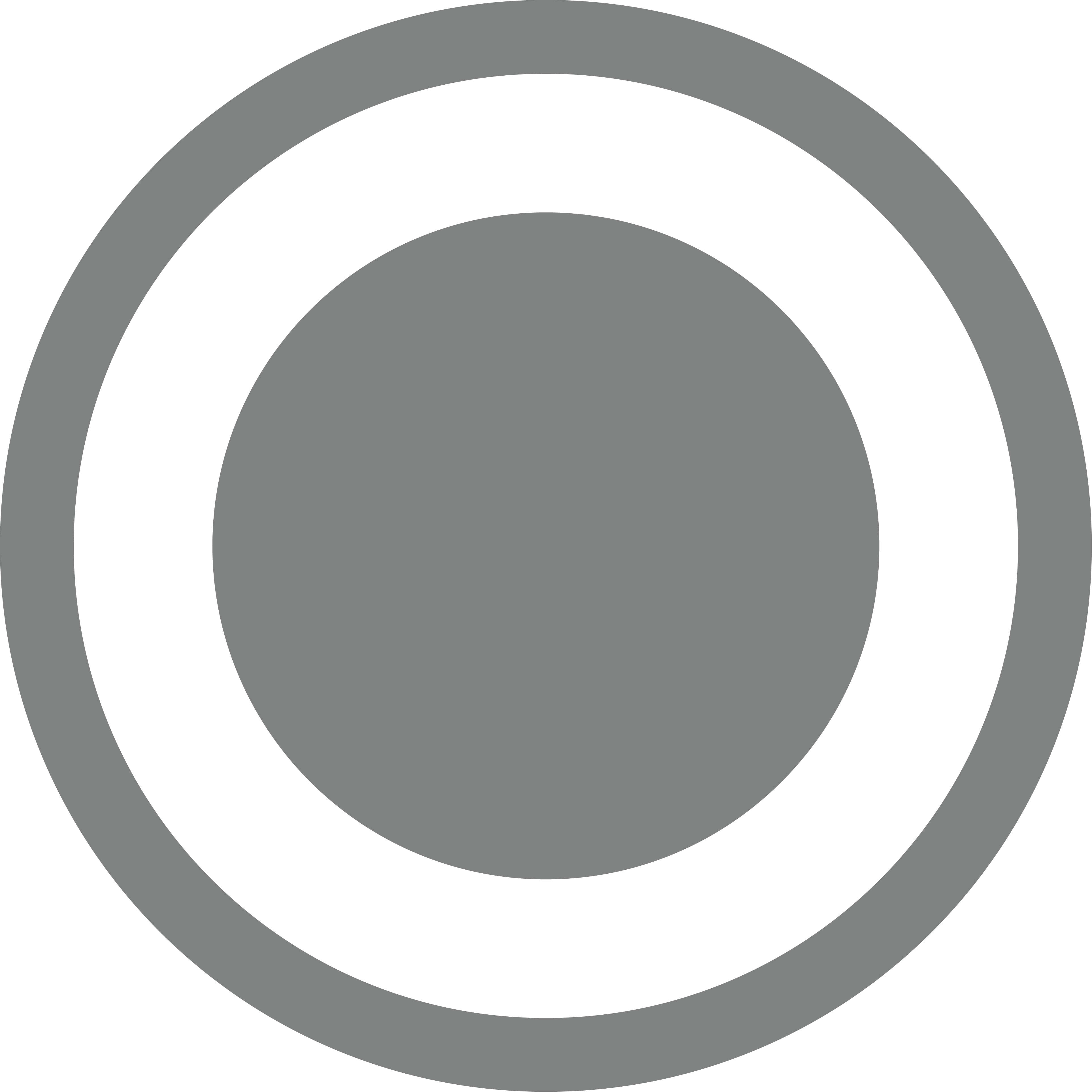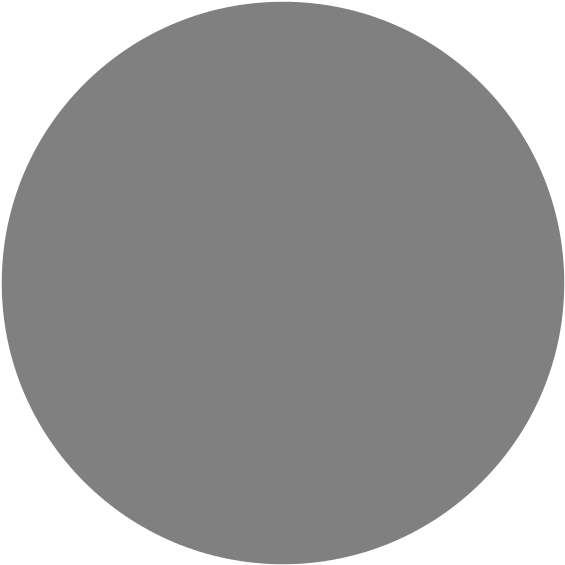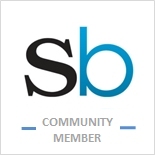GRAPHIC DESIGN TIPS AND TECHNIQUES FOR TYPOGRAPHY |
Posted: March 30, 2023 |
Typography, which involves using various fonts, sizes, and colors to create aesthetically pleasing and readable text, is a crucial component of graphic design. For designs to convey messages successfully, great typography is essential. This post will review some suggestions and methods to help you sharpen your typographic abilities and produce beautiful designs. What does graphic design typography entail?Typography is the art of placing type in a way that makes it readable, understandable, and visually appealing when it is shown. It entails constructing a visual hierarchy that directs the reader's attention and conveys the intended message using a variety of fonts, sizes, and colors. Typography's importance in graphic designFor designs to convey messages successfully, great typography is essential. Typography may communicate feelings, moods, and concepts in a way that the spectator can understand visually. To create a brand identity, marketing materials, and user interfaces, typography is essential. Also, it might improve the content's readability and accessibility for various audiences. Variety of FontsSerif, sans-serif, script, and display typefaces fall within the four main groups mentioned above. Sans-serif fonts lack the tiny lines or flourish that serif fonts feature at the ends of their strokes. Display typefaces are used for headlines and logos, whereas script fonts seem more decorative and simulate handwriting. font matchingThe practice of mixing two or more fonts in a design is known as font pairing. A good font combination can convey hierarchy, improve readability, and add aesthetic appeal. For example, you can use complementary colors, contrasting styles, and comparable letterforms when combining fonts. Font Dimensions and Space Critical elements of typography include font size and spacing. They have an impact on the text's legibility and visual hierarchy. The font size should suit the target market and the design's medium. The text can be read easily when correctly spaced with letters, lines, and paragraphs. In typography, color Another important component of typography is color. The text's color should blend in with the background and be legible against it. In addition to adding visual interest, color may express feelings and draw attention to key details. Typographic hierarchy The placement of design elements in a hierarchy establishes a visual order that directs the viewer's attention. Typography can establish a scale using various font sizes, weights, and colors. This might aid in presenting the most crucial information and directing the reader through the layout. Arrangement of Type Text placement about design elements is referred to as alignment. The readability and aesthetic appeal of the text can both be improved by proper alignment. Several alignment methods include justified, ragged, left, right, and center. uniformity in typography To create a unified design, consistency is essential. Constant use of fonts, sizes, and colors can provide a visual rhythm and improve the readability and retention of the design. Moreover, consistency can provide a professional appearance and establish brand identification. Clear Typography Space The part of the left empty design is known as white space. Using white space effectively can improve the text's readability and aesthetic appeal. Moreover, white space can establish a visual hierarchy and focus the audience's attention. Typography Used in Branding To create a brand's identity, typography is essential. A brand's visual language and identifiable identity can be established using typography consistently throughout its marketing materials. Moreover, typography can express the character and principles of a brand. tools for graphic design typography In graphic design, there are many tools and resources available for typography. Popular programs include Font Awesome, Google Fonts, and Adobe Creative Cloud. There is a huge selection of fonts, sizes, and colors available with these tools. Using typography when designing user interfaces Another crucial component of user interface design is typography. Making the text easier to read and interpret can improve the interface's usability and accessibility. Effective typography in UI design creates a visual hierarchy that directs the user's attention and leads them through the interface. Suggestions for Graphic Design Typography Improvement
Conclusion Typography is an essential component of graphic design, and proficient use can improve a design's readability, usability, and aesthetic appeal. Designers may produce gorgeous designs that convey the intended message by paying attention to font selection, size, spacing, color, alignment, consistency, and white space. Designers may hone their typographic skills and produce stand-out designs by applying the ideas and tricks covered in this article. if you want to learn graphic design in delhi you can join TGCINDIA
FAQs 1. What distinguishes serif typefaces from sans-serif fonts? Sans-serif fonts lack the tiny lines or flourish that serif fonts feature at the ends of their strokes 2. How many font pairings improve the design? Font pairing can convey hierarchy, improve readability, and add visual appeal. 3. What is the significance of typographic consistency? A brand's identity may be established and a cohesive design can be produced with consistency. 4. How can white space be used in typography effectively? White space can improve readability, provide a visual rhythm, and focus the audience. 5. What are some common typography tools used in graphic design? Tools for typography in graphic design include Adobe Creative Cloud, Google Fonts, and Font Awesome.
|
||||||||||||||||
|
||||||||||||||||









